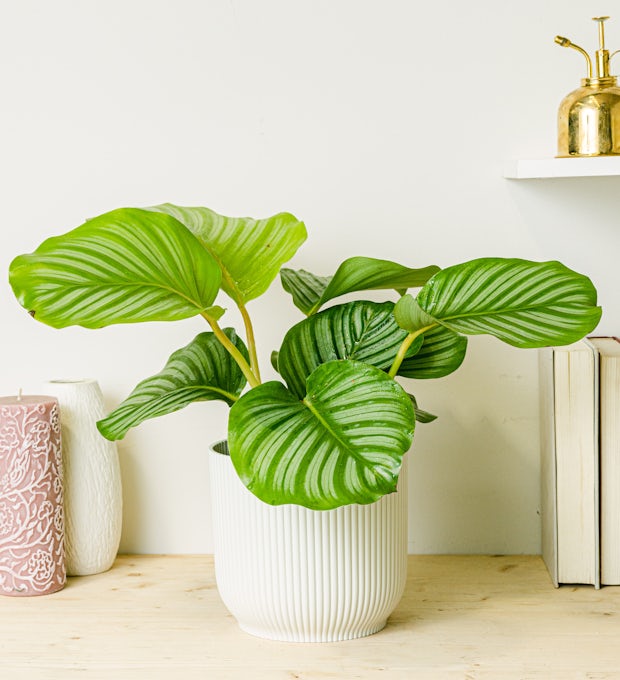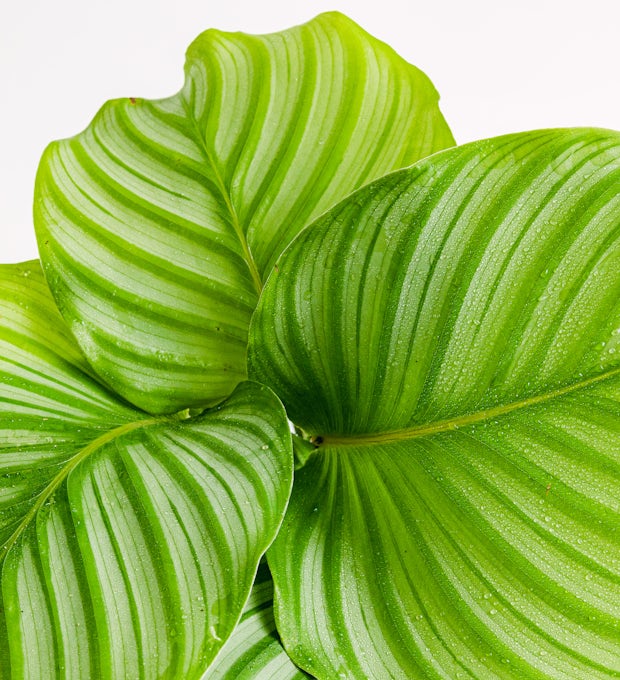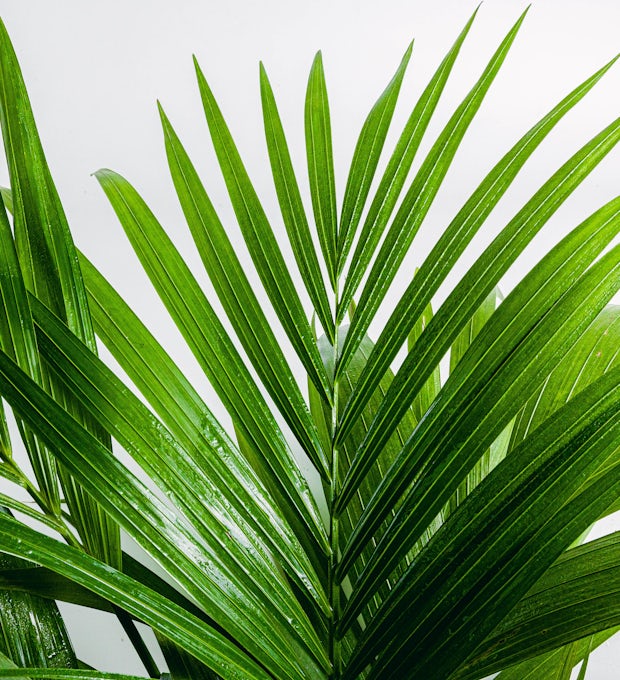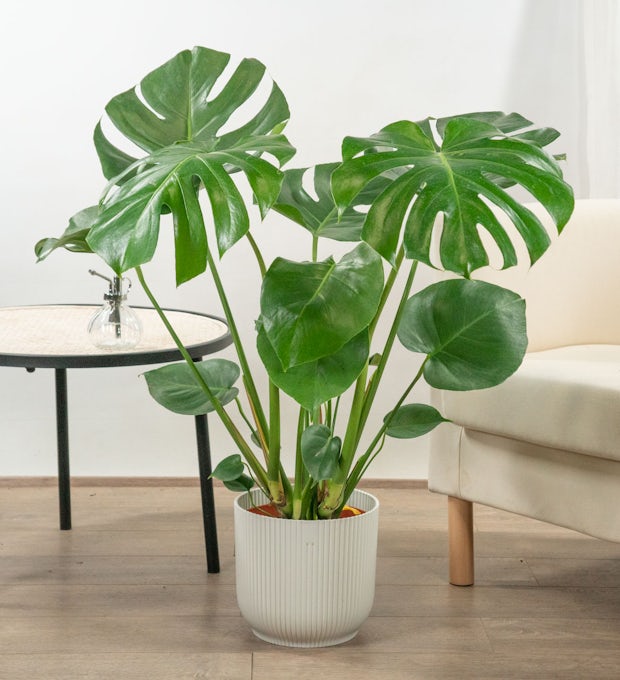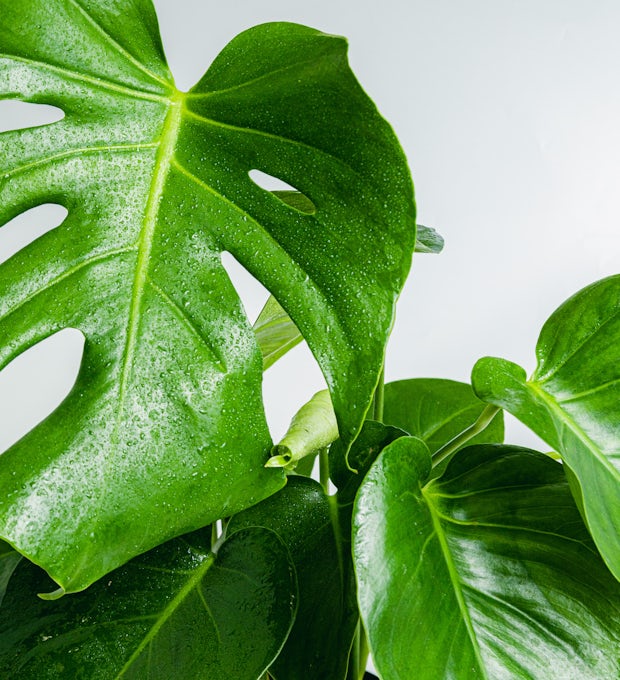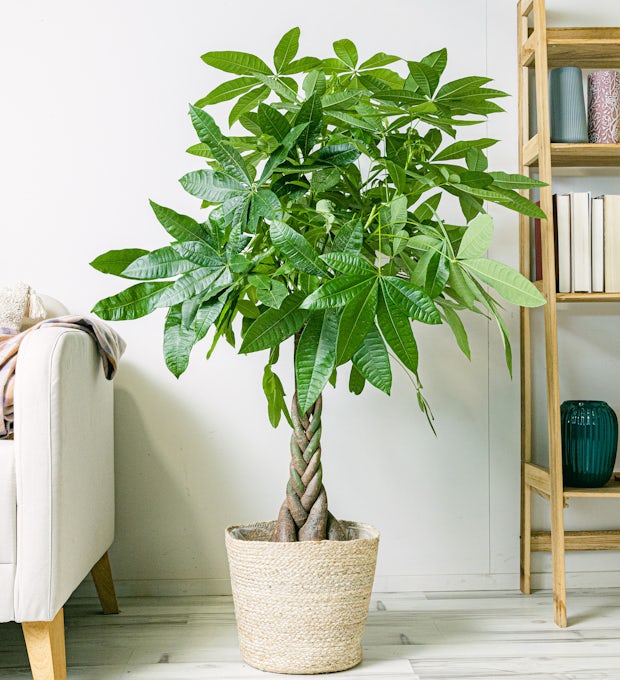Discover the ideal substrate for your water stick and make it grow happy and radiant! If you are a plant lover, you surely know that the substrate is like the home of our green friends. It is that place where they find all the nutrients and conditions necessary to live and thrive. But do you know what exactly a substrate is and why it's so important? Don't worry, we'll explain it to you here in a simple and exciting way. In addition, we will tell you about the different types of substrates that exist and which one is the most suitable for indoor water plants. Get ready to dive into the fascinating world of substrate and give your water plant the love it deserves!
What is a substrate and why is it important for your water plant?
A substrate is like the home of your water plant. It is the environment in which it grows and develops, providing it with the nutrients and structure needed to survive. Imagine you're looking for a house to live in: you need a comfortable, safe place suitable for your needs, right? Well, the same goes for water plants. They also need a substrate that provides them with the ideal conditions to grow and thrive.
Substrate is important because it directly influences the health and development of your plant. A good substrate should be porous, to allow good water drainage; rich in nutrients, to feed the plant; and stable, to keep it well rooted. In addition, the substrate also helps to retain the necessary moisture for the plant, preventing it from drying out too quickly.
If you choose the wrong substrate, your plant may have trouble absorbing nutrients or may be affected by diseases or pests. That's why it's so important to pay attention to this crucial detail when taking care of your water stick. So don't underestimate the power of substrate – it's the first step to ensuring your plant has a long and healthy life.
The Different Types of Substrates and Their Characteristics
The different types of substrates are essential for the healthy growth and development of our water plants. Each of them has unique characteristics that are tailored to the specific needs of each plant. For example, we have peat-based substrates, which retain moisture very well and are ideal for plants that require a constant humid environment. We also find perlite-based substrates, which offer excellent drainage capacity and are perfect for preventing water from waterlogging. Another common type of substrate is compost, which provides organic nutrients and promotes soil fertility. In addition, there are substrates mixed with coco coir, which provide good aeration and water retention at the same time. It is important to know these differences in order to choose the right substrate according to the needs of our aquatic plants. By doing so, we ensure an environment conducive to their development and avoid problems such as excess or lack of water in the roots. So, before you buy any substrate, don't forget to research its characteristics and how it adapts to your plants!
We ship plants to all locations, you can see more options here.
The ideal substrate for indoor water plants
Do you know which is the ideal substrate for your indoor water plants? Don't worry, we'll tell you all about it here! When choosing the substrate for your aquatic plants, you should take into account some specific characteristics. First of all, it is important that the substrate has a good water-holding capacity, as these plants need a moist environment to grow properly. In addition, the substrate must be porous, allowing the roots to breathe and absorb the necessary nutrients. A recommended substrate for indoor water plants is one that contains a mixture of peat moss and perlite. The peat moss provides the necessary moisture and the perlite improves the aeration of the substrate. This combination creates an ideal environment for your water plants to grow healthy and strong. Remember that it is important to water your plants properly and avoid waterlogging the substrate, as this could lead to disease or root rot. In addition, it is necessary to change the substrate from time to time to ensure that your plants have all the nutrients they need. So don't waste any more time and find out which is the perfect substrate for your indoor aquatic plants. Your plants will thank you with lush, beautiful growth!
We ship plants to all locations, you can see more options here.
Tips for choosing the right substrate for your plant's needs
When it comes to choosing the right substrate for your water plant, it's important to consider the specific needs of the plant. First, be sure to research what type of water plant you have and what type of substrate you prefer. Some water plants, such as water lilies, prefer nutrient-rich substrates, while others, such as water ferns, can thrive in lighter substrates. Also, consider the humidity level your plant needs. Some water plants prefer substrates that retain moisture, while others need a more porous substrate that allows for good drainage. Another factor to consider is the size of the container you plan to place your plant in. If you have a small pot, it's best to opt for a lighter substrate for easier handling and to prevent the plant from being overwhelmed by the weight of the substrate. Finally, don't forget to consult with experts or look for recommendations specific to your type of water plant. They will be able to offer you valuable advice on which substrate to use and how to maintain it properly. Remember that choosing the right substrate is critical to ensuring the healthy growth and overall well-being of your water plant.
How to Prepare Your Soil Before Repotting Your Water Plant
Before transplanting your water plant, it is essential to prepare the substrate properly to ensure its growth and health. The first step is to choose a quality substrate that provides the necessary nutrients and retains moisture optimally. You can use a mixture of peat moss, perlite, and coco coir, which will provide an ideal environment for your plant's roots. Before placing the substrate in the pot, be sure to disinfect it to eliminate any diseases or pests. To do this, you can heat it in the oven at a low temperature for about 30 minutes. Once disinfected, dampen the substrate slightly before placing it in the pot. This will help prevent it from compacting too much when watering the plant after transplanting. In addition, you can add a little organic fertilizer to the substrate to provide additional nutrients to your plant. Remember to mix all the components thoroughly before repotting your plant and make sure the pot has holes in the bottom for good drainage. By following these simple steps, you'll be preparing the right substrate for your water plant to thrive in a healthy and beautiful way. Don't forget to give her all your love and care!
Common Substrate Choice Mistakes and How to Avoid Them
When choosing the substrate for your waterstick, it is common to make some mistakes that can affect the growth and health of the plant. One of the most common mistakes is to use an unsuitable substrate, such as garden soil or coarse sand, which does not provide the necessary nutrients for the plant. To avoid this mistake, it is important to research and choose a specific substrate for indoor water plants. Another common mistake is not considering substrate drainage. If the substrate does not have a good drainage capacity, the plant's roots can rot due to overwatering. To avoid this, it is recommended to add materials such as perlite or coarse sand to the substrate to improve drainage. In addition, another common mistake is not renewing the substrate regularly. Over time, the substrate can lose its nutrients and become compact, making it difficult for the roots to absorb water and nutrients. To avoid this mistake, it is important to change the substrate from time to time and make sure to keep it moist but not waterlogged. Avoiding these mistakes will help ensure that your waterstick grows strong and healthy, providing it with the right substrate and performing proper maintenance. Your plant will thank you!
Substrate maintenance: how to water it and when to change it
Maintaining the right substrate for your waterstick is essential to ensure its growth and health. But how should you water it, and when is it time to change it? We'll tell you all about it here.
Watering the substrate should be moderate. You don't want to overdo it or leave it completely dry. The key is to maintain a balance. Make sure the substrate is moist but not soggy. To do this, you can use the finger technique: insert your finger halfway into the substrate and if you feel wet, you don't need to water.
In terms of frequency, you should water your water plant when the substrate is dry. This can vary depending on the weather and time of year. During the hotter months, you may need to water more frequently, while in winter you can reduce the amount of water.
As for changing the substrate, you should do it every 1 or 2 years. Over time, the substrate wears away and loses its nutritional properties. If you notice that your plant isn't growing like it used to or that the roots are coming out of the drainage holes, it's time to change it.
Remember that each plant has its own needs, so it's important to keep an eye out for the signs it gives you. Look for wilted leaves or algae overgrowth in the substrate. These can be signs that something isn't right and that it's time to take action.
With these simple tips, you can keep your water stick substrate in optimal condition and enjoy a healthy and beautiful plant. Don't forget to give her love and care!
Discover the ideal substrate for your waterstick and give your plant the care it deserves. Knowing the importance of the substrate and the different types available will allow you to make informed decisions for the well-being of your plant. Remember that each species has specific needs, so it is essential to choose the right substrate according to their requirements. Preparing the substrate before transplanting and avoiding common mistakes will help you maintain a healthy and energetic plant. Don't forget to water your plant properly and keep an eye out for signs of change in the substrate, indicating when it needs to be replaced. Each plant is unique and deserves special care, so go ahead and experiment and find out what works best for your waterstick!
